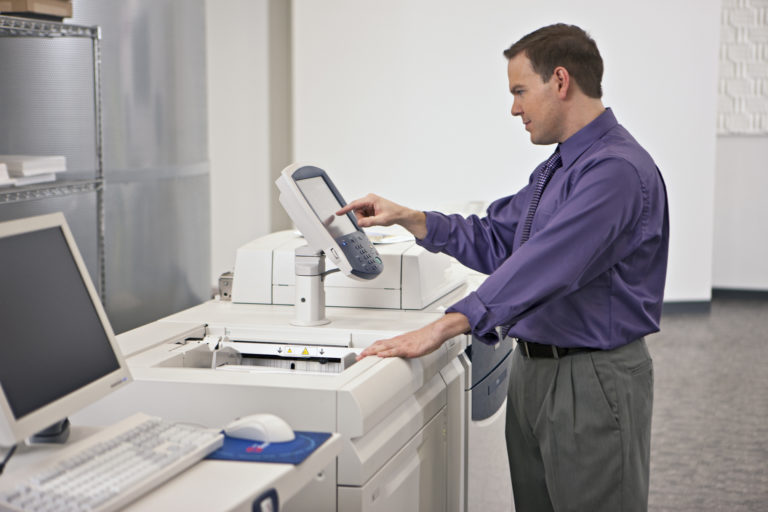By John Conley, Vice President Global Publishing Production Inkjet Solutions
Xerox Corporation
For all the growth that digital printing has brought to print providers, and for all the value it has brought to content owners, I still shake my head at times and ask: “Why does digital printing adoption take so long?”

The question is especially pertinent now, on the eve of the quadrennial drupa trade fair, which traditionally hosts the unveiling of the industry’s most significant new technologies. If these innovative technologies live up to their promise and providers could deploy them soon after the show,
I believe there are two primary issues that stand in the way of accelerated adoption.
- First, most offset print providers have a significant equipment investment in the shop that they don’t want to write off or take out of production – regardless of practical profitability.
- Second, and more critical, negotiations between the print provider and customer too often revolve around the tyranny of the RFP (request for proposal), and not often enough around the total cost of the client work. The total-cost-of-ownership approach reaches beyond the cost of print alone and typically shines a light on the favorable economics of newer, digital-enabled solutions.
Breaking Down Adoption Barriers
Can these barriers be broken down? Absolutely, and the proof is that important changes have taken place in specific segments such as the Trade Book business or the Education business.
What enabled these changes? When printers examine their own businesses, I believe they will find that one common denominator to positive change has been the cooperation of multiple members of the supply chain gathered together to solve a significant business problem.
Getting all the key stakeholders around the table—the content owner, the printer, and the distributor/retailer—discussing issues that impact all of their businesses can and often does lead to systemic and lasting change.

I am currently engaged with a consortium of publishers, printers and retailers that has been convened to address issues in the way the book business is currently managed in their geography. Their concern is that the traditional book manufacturing, retail, and distribution models they follow are under new pressure in the digital economy that is threatening the viability of some segments of their supply chain. They are recognizing that models based upon digital printing can help them improve their inventory management and provide new and sustainable opportunities as well. The process hasn’t fully played out yet, but they are on the path of making some difficult decisions to improve the health of their industry.
Capturing Opportunities from drupa
Following drupa, many graphic communications providers will be presented with similar opportunities. New production inkjet presses offering lower operating and machine costs, better image quality, higher capacities than xerographic systems, and ever smaller footprints will be coming online. At the same time, the data analytics for customization and personalization on these advanced devices will get more sophisticated and cost-effective.
Over the next four years, these technologies will open some significantly sized markets in packaging, catalogs, magazines and other areas – bringing new, more valuable products and solutions to content owners.
But these opportunities will only be ripe for capturing when your supply chain is ready to adopt the new business models they require. So the challenge for providers goes beyond the preparedness of their own firms.
The question I would ask a print provider is:
What are you doing to prepare your supply chain colleagues for the significant opportunities on the horizon enabled by the new Production Inkjet technologies being unveiled at drupa, like the Xerox Trivor 2400 Inkjet Press and the Xerox Brenva HD Production Inkjet Press?




Just back from the GrafKom conference in Stockholm which was attended by more than 150 many of them Sweden’s major printers. Although most of them have adopted digital printing, the main focus of the conference was to show them that they need to accelerate their adoption of new technology. This for many of us is an ongoing focus because although Sweden is one of the most technically advanced and creative countries in the world, like many printers they are reluctant to join the early adopters.